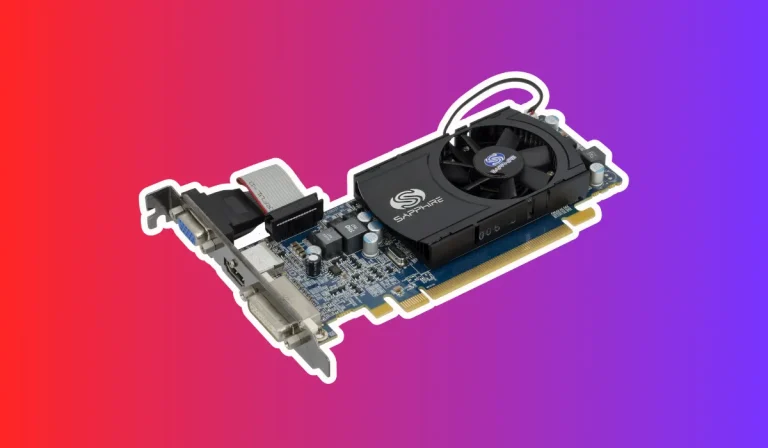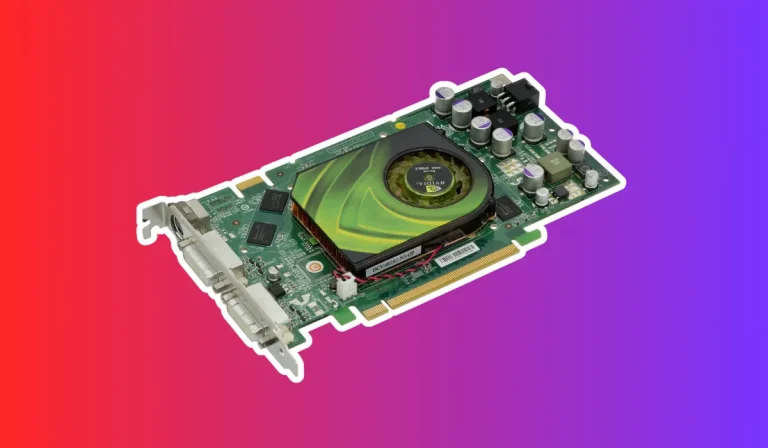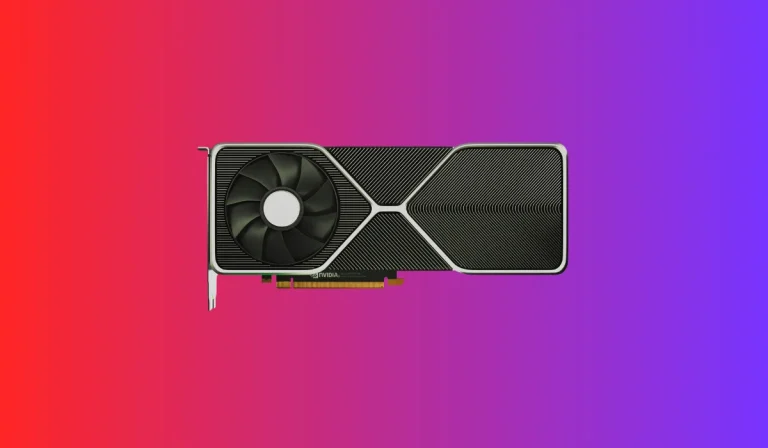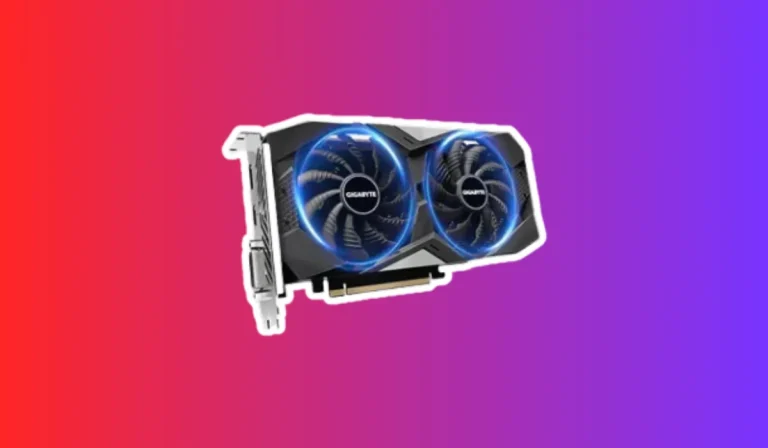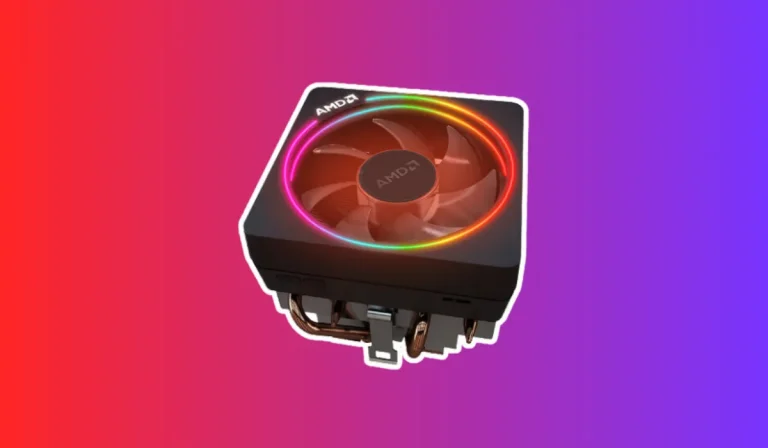How do I know if I have a graphics card on my laptop?
Have you ever wondered if your laptop has a graphics card? Knowing the answer to this question is crucial, as it directly affects the performance and capabilities of your device. In this article, we will explore the significance of having a dedicated graphics card and the benefits it brings to enhance your laptop’s overall performance.
Checking for a graphics card in your laptop
Checking the Device Manager on Windows
Press the Windows key + X on your keyboard and select “Device Manager” from the menu that appears.
In the Device Manager window, look for the “Display adapters” category and click on the arrow next to it to expand the list.
If you see the name of a dedicated graphics card, such as NVIDIA or AMD, listed under “Display adapters,” it means your laptop has a dedicated graphics card.
Using the System Information Tool on macOS:
Click on the Apple menu in the top-left corner of your screen and select “About This Mac.”
In the window that appears, click on the “System Report” button.
In the System Information window, look for the “Graphics/Displays” section. If you see the name of a dedicated graphics card listed along with its details, it means your laptop has a dedicated graphics card.
What are the signs that indicate the presence of a graphics card?
Additional Display Ports
One sign to look out for is the presence of additional display ports on your laptop. Dedicated graphics cards often come with multiple display outputs, such as HDMI, DisplayPort, or DVI ports. If you notice these additional ports on your laptop, it indicates the presence of a graphics card.
Dedicated GPU Branding
Another clue is the branding or logo of a dedicated graphics card manufacturer, such as NVIDIA or AMD. Laptops with dedicated graphics cards usually display these logos on their body or packaging. Spotting these logos can confirm the inclusion of a dedicated graphics card.
Higher Performance Capabilities
Laptops with dedicated graphics cards tend to offer higher performance capabilities compared to those relying solely on integrated graphics. If your laptop can smoothly handle graphic-intensive tasks like gaming, video editing, or running demanding software, it is likely equipped with a dedicated graphics card.
What to do if your laptop doesn’t have a graphics card?
Optimize Software Settings
One of the first things you can do is optimize the settings of the software or games you use. Many applications have graphics settings that can be adjusted to improve performance on systems without dedicated graphics cards.
Lowering graphics settings, reducing resolution, and disabling unnecessary visual effects can help ensure smoother performance.
Keep Your Drivers Updated
Ensure that you have the latest graphics drivers installed for your integrated graphics. Manufacturers often release driver updates that can optimize performance and fix compatibility issues.
Visit the website of your laptop’s manufacturer or the integrated graphics chip manufacturer to download and install the latest drivers.
External Graphics Card (eGPU) Solution
If you require more powerful graphics capabilities, you may consider using an external graphics card (eGPU) solution. This involves connecting an external graphics card enclosure to your laptop via a Thunderbolt or USB-C connection.
An eGPU can significantly enhance your laptop’s graphics performance, allowing you to handle demanding tasks or play graphics-intensive games.
FAQ’s
1. How can I check if my laptop has a graphics card?
You can check by accessing the Device Manager on Windows or the System Information tool on macOS. Look for the “Display adapters” or “Graphics/Displays” sections, respectively, to see if a dedicated graphics card is listed.
2. Are all laptops equipped with a graphics card?
No, not all laptops come with a dedicated graphics card. Some laptops rely on integrated graphics, which are built into the CPU. It’s essential to check the specifications of your laptop or use the methods mentioned above to determine if it has a graphics card.
3. Can I upgrade the graphics card on my laptop?
Upgrading the graphics card in a laptop is generally not possible. Most laptops have integrated graphics that are soldered onto the motherboard.
4. Is a dedicated graphics card necessary for gaming?
While a dedicated graphics card can significantly enhance gaming performance, it is not always necessary.
5. Can I install a graphics card into a laptop that does not have one?
Generally, it is not possible to install a dedicated graphics card into a laptop that does not have one.
Conclusion
Knowing whether your laptop has a graphics card is crucial for understanding its capabilities and optimizing performance. By checking for visible signs, accessing device information tools, and exploring software settings, you can determine if your laptop has a dedicated graphics card or relies on integrated graphics.
If needed, you can take steps to improve graphics performance, such as optimizing settings or considering external graphics card solutions.

